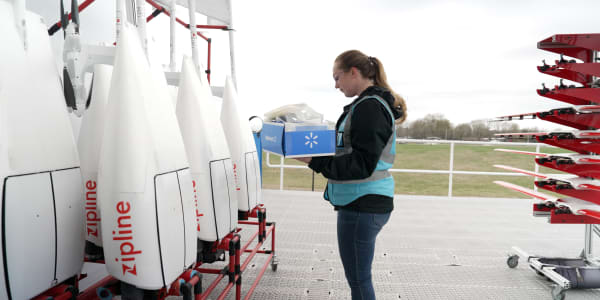[The stream is slated to start at 3:30 p.m. ET. Please refresh the page if you do not see a player above at that time.]
SpaceX is set to launch Tuesday afternoon from California in its latest mission for NASA and satellite communications company Iridium.
Elon Musk's rocket company will livestream the 3:47 p.m. ET launch from Vandenberg Air Force Base. The mission will launch using a Falcon 9 rocket, which will not return to land on the SpaceX autonomous ship which the company has in the Pacific Ocean.
The company is expected to attempt to catch the fairing — the bulbous nose cone on top of the rocket.
SpaceX has attempted to catch the fairing after two previous West Coast launches, using a high speed boat known as "Mr. Steven."
The boat has a net strung up behind it to capture the fairing and Musk said SpaceX "should be able catch it with slightly bigger chutes to slow down" its descent.
"[The fairing] has onboard thrusters and a guidance system to bring it through the atmosphere intact, then releases a parafoil and our ship with basically a giant catcher's mitt welded on tries to catch it," Musk said when he shared a photo on Instagram.
After the Feb. 22 launch from Vandenberg, Musk tweeted that the boat missed catching the fairing "by a few hundreds meters," adding that the fairing slowed down enough to land "intact" in the Pacific Ocean.
Musk has noted that the fairing returns to Earth "at about eight times the speed of sound."
SpaceX announced before the launch it would "not attempt to recover" the Falcon 9's first stage. As SpaceX brings about a new variation of the Falcon 9 booster, known as "Block 5," older models are being discarded through expendable missions. SpaceX is using ocean landings to test more booster recovery options.
The mission launches five satellites for Iridium, as the company nears completion of its 75 satellite constellation. Two satellites for NASA are also on board the rocket, for the Gravity Recovery and Climate Experiment Follow-On mission. The satellites, which are a collaboration with the German Research Centre for Geosciences, will monitor changes in the world's water cycle and surface mass by measuring shifts in the Earth's gravitational forces.






